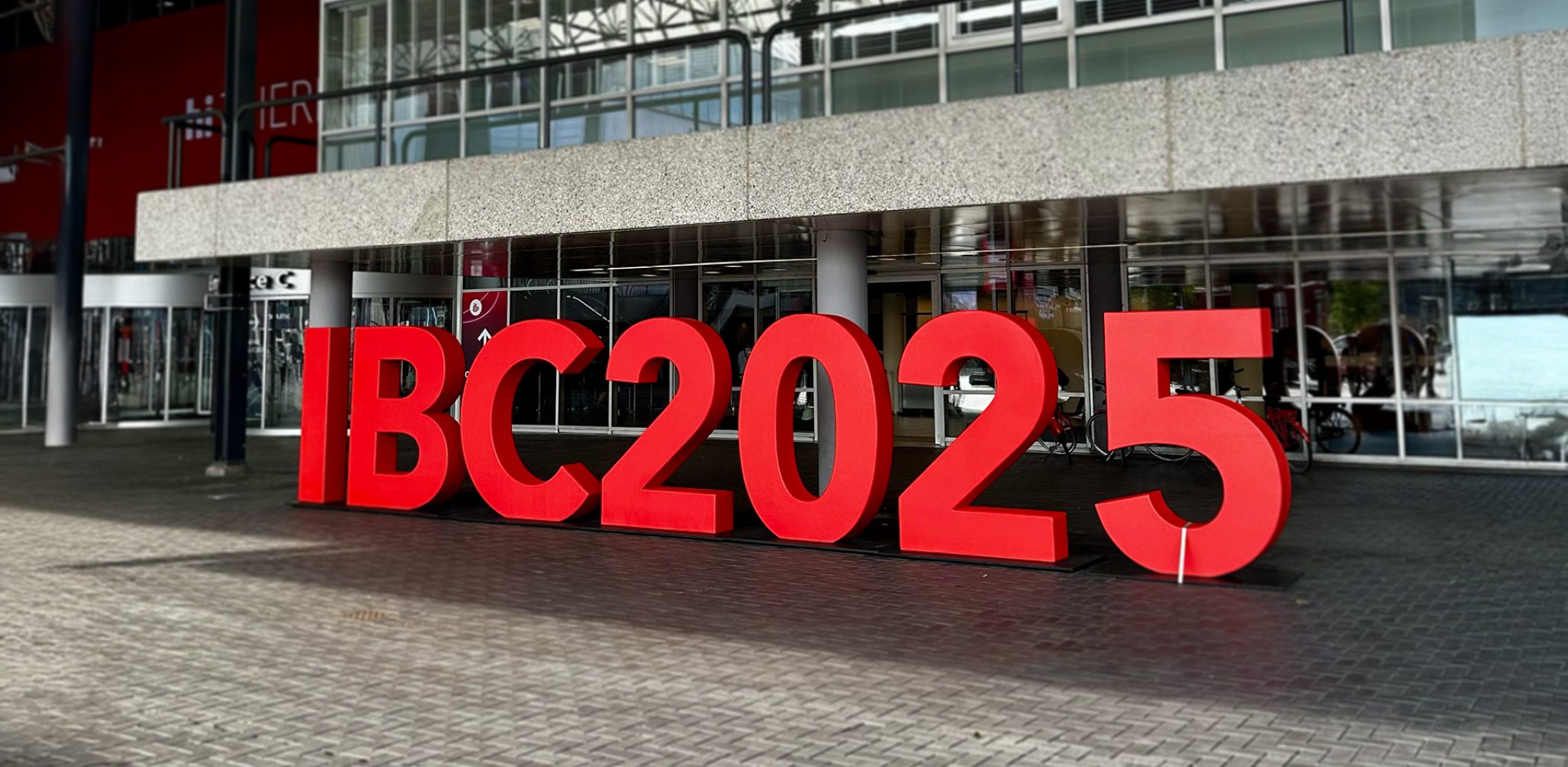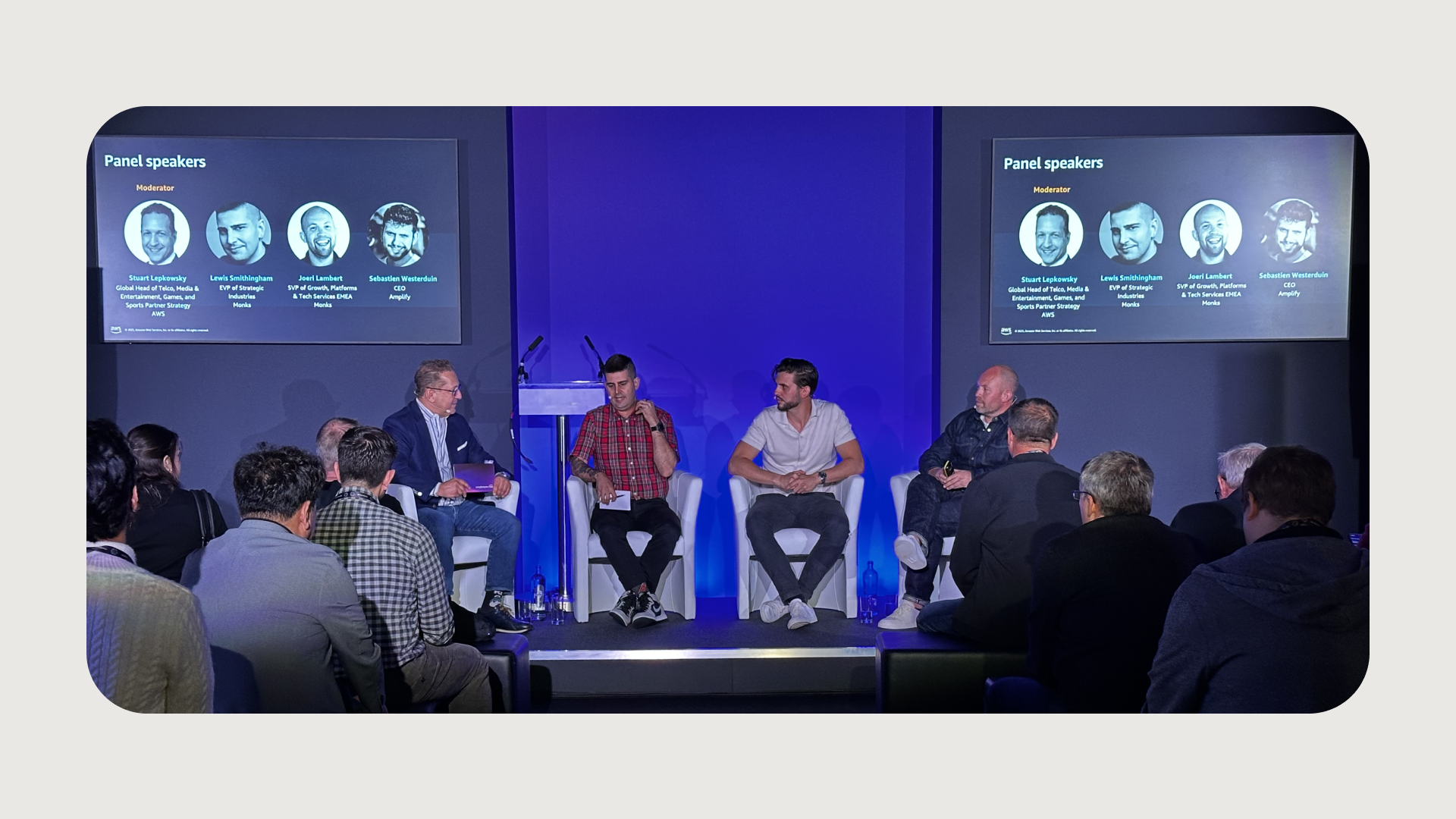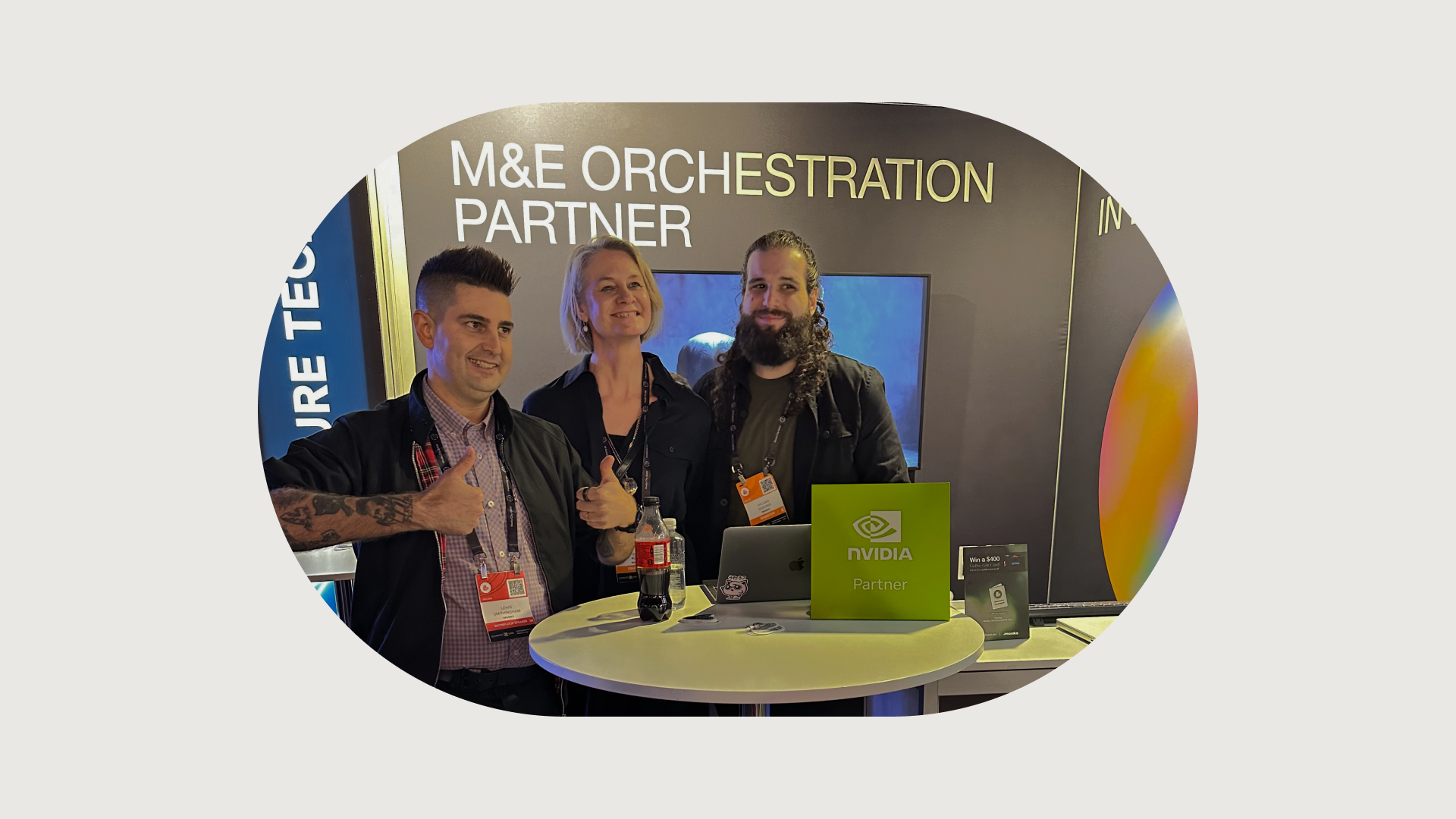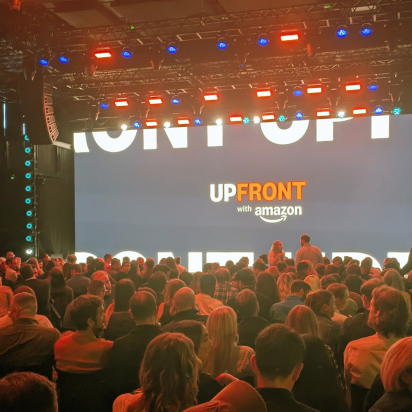IBC Recap: From Legacy Models to a Live, AI-Powered Mindset

The media and entertainment landscape is witnessing a massive transformation. The rigid, linear model of broadcast, with its costly on-site infrastructure and time-consuming workflows, is ceding ground to an era of fragmented audiences and a relentless demand for real-time, personalized content. At IBC 2025, the industry was abuzz with a clear message: the future is software-defined, and the brands that thrive will be those that embrace agility.
But talk of agility is easy. The real challenge, and the focus of the conversation in Amsterdam, was how to ground these ideas in reality. How can broadcasters break free from decades-old production models? Where are the real revenue opportunities in vast, dormant media archives? And how can businesses adopt powerful new technologies without being crippled by cost and complexity? The discussion needed to shift from conceptual promises to tangible solutions, with many on display throughout the conference.
Decades old broadcasting models are evolving to meet modern audience demands.
For decades, the broadcast industry has stood on what seemed like solid ground, but that foundation has irrevocably shifted. As Lewis Smithingham, EVP MEGS at Monks, noted on stage, “Media production has been done effectively the same way for something like 58 to 59 years.” But that traditional model is breaking under the strain of a new reality where audiences are no longer a monolith, but a diverse collection of interests scattered across countless platforms. To reach them, he explained, “We can't deliver with a straight line of sight anymore, because there isn't a straight line, and there is no primary platform. It's all over the place.”
This new landscape demands a new approach that breaks free from the institutional inertia of how things have always been done. Reaching modern audiences requires the agility of cloud-native production, which is more a fundamental change in mindset than merely a technological upgrade. It means letting go of old “golden rules,” such as never turning off a generator for fear of a system collapse, and instead embracing an agile, software-defined approach that manages systems through adaptable software rather than rigid, physical hardware.
Nowhere is this shift more apparent than in the evolving role of the media archive. For too long, valuable content has been locked away in dusty vaults. Now, AI is rewriting that playbook, transforming stagnant libraries into living, breathing performance archives.

On panels and on-stage experiences, Lewis Smithingham discussed innovation within broadcast media.
This evolution means moving beyond thinking about rights on a per-title basis and seeing the monetization opportunities in the underlying IP. For a sports broadcaster, this could mean using AI to instantly find and package player highlights following a high profile trade—a process that would traditionally take significant manual effort. For a studio, it means transforming a classic radio show into an animated series for social media. By democratizing archives with AI-powered tools, we give editors, producers, and even fans the ability to unearth new value, create new stories, and generate novel revenue streams from content that was once forgotten.
Ultimately, these technological shifts point to a single imperative. As Smithingham simply put it: in today's environment, “if you're not real time, you’re history.” Success now comes from using technology to transform dormant IP into the dynamic, personalized experiences that connect with audiences in real time. This is the new frontier of broadcasting, and it's a future we are actively building.
AI-powered tools empower teams to deliver better viewer experiences.
The ultimate goal of all this innovation is to deliver a better, more personal experience for the audience. One of the central themes of the talks throughout the show was the need to empower creators with agile, real-time tools that make this possible. Our LiveVision™ demo illustrated this point in action.
LiveVision™ is an AI-powered tool that operates within live production workflows. Built to run on a full stack of NVIDIA hardware and software technologies including NVIDIA RTX PRO Server, Video Search and Summarization Agent, and Holoscan for Media , LiveVision™ can be deployed on edge, in the cloud, or in a hybrid environment. It brings real-time intelligence to the broadcast by analyzing multiple camera feeds simultaneously, introducing object detection and analysis into the broadcast pipeline for shot prioritization, scene description, and audio transcription. This frees up production teams for the creative process and provides end-of-day summarizations.

The Monks booth showcased demos, including our LiveVision™ solution.
New tools are turning dormant media archives into new revenue streams.
Our Time Addressable Media Storage (TAMS) demo offered a powerful solution to the challenge discussed above of unlocking value in dormant media archives. This demo showcased a practical application of the industry's shift from static storage to “performance archives”—systems that actively surface valuable content.
TAMS tackles the time-intensive process of manual search by using AI to analyze and index the content itself, making footage searchable by actions, objects or people within seconds. This provides instant, frame-accurate access to massive media libraries, transforming a dormant archive into a dynamic, monetizable asset. For example, a sports rights owner could use TAMS to instantly pull clips of a specific player's key moments to create a personalized highlight reel for fans, or quickly curate footage for live betting markets.
The industry’s future depends on a fundamental shift in mindset.
Ultimately, conversations at IBC 2025 painted a clear picture of an industry at a crossroads. It's clear that the transition to a real-time, AI-driven world requires more than simply adopting new tools and platforms. The real challenge is to overcome the inertia of legacy workflows and embrace a more agile, experimental and software-defined approach to creating and monetizing content.
Success in this new era requires orchestrating creativity and technology to build systems that are not just innovative, but deeply relevant, efficient and profitable. It’s this synthesis of vision and execution that will define the next chapter of media.
Related
Thinking
Sharpen your edge in a world that won't wait
Sign up to get email updates with actionable insights, cutting-edge research and proven strategies.
Monks needs the contact information you provide to us to contact you about our products and services. You may unsubscribe from these communications at any time. For information on how to unsubscribe, as well as our privacy practices and commitment to protecting your privacy, please review our Privacy Policy.



